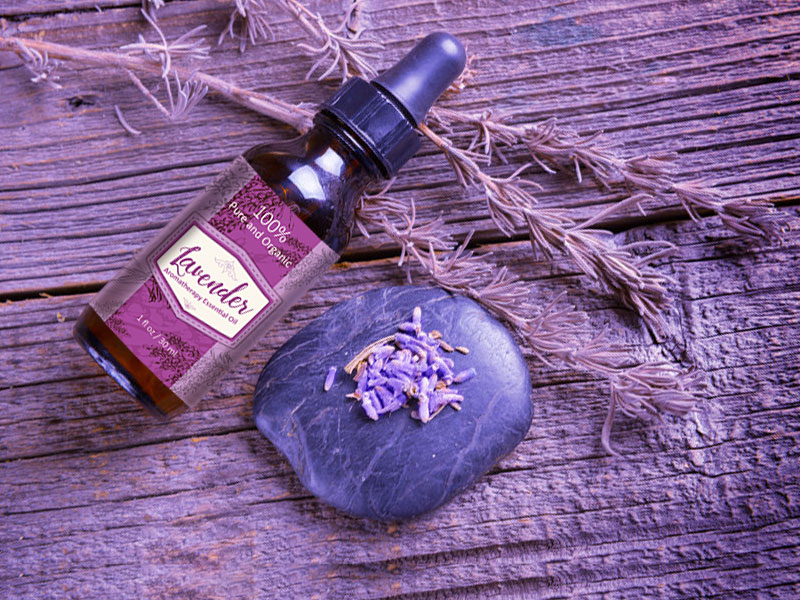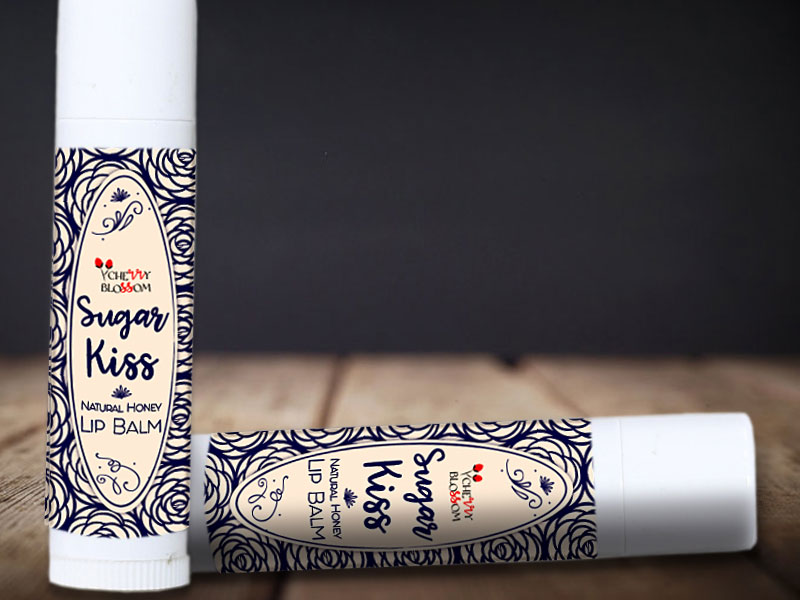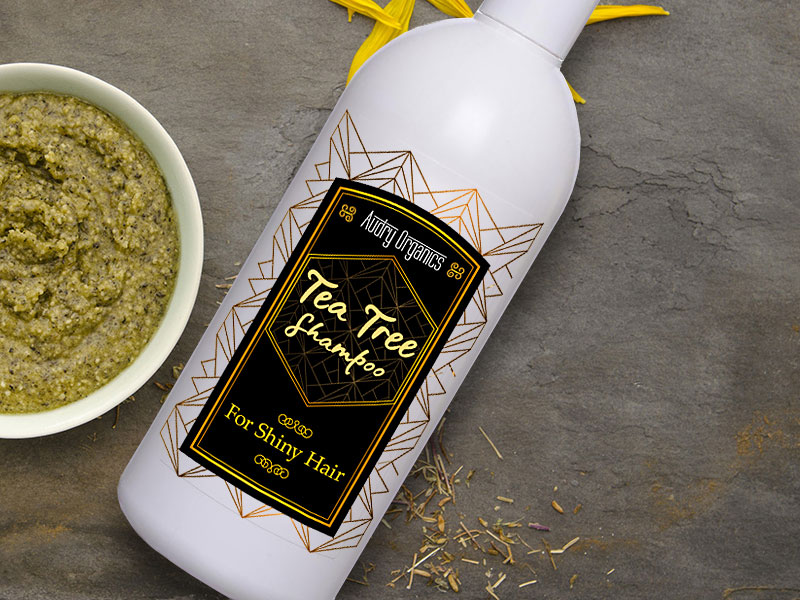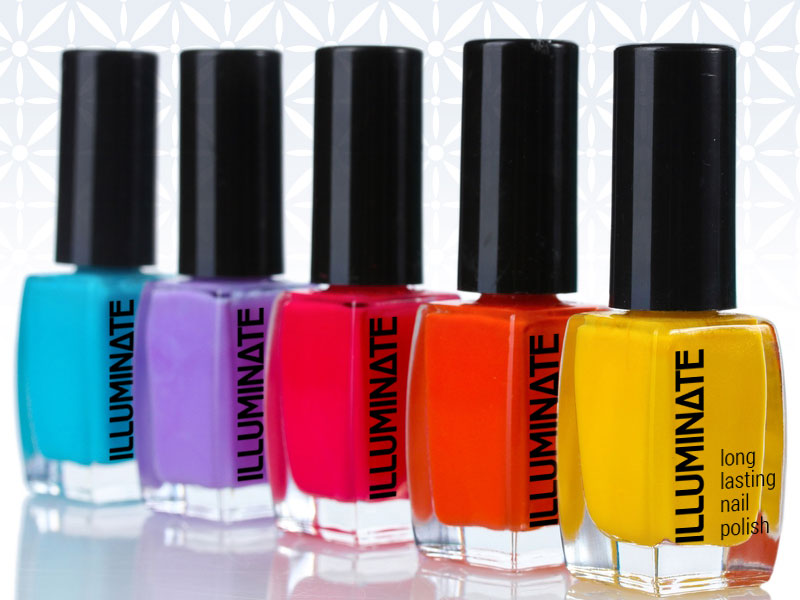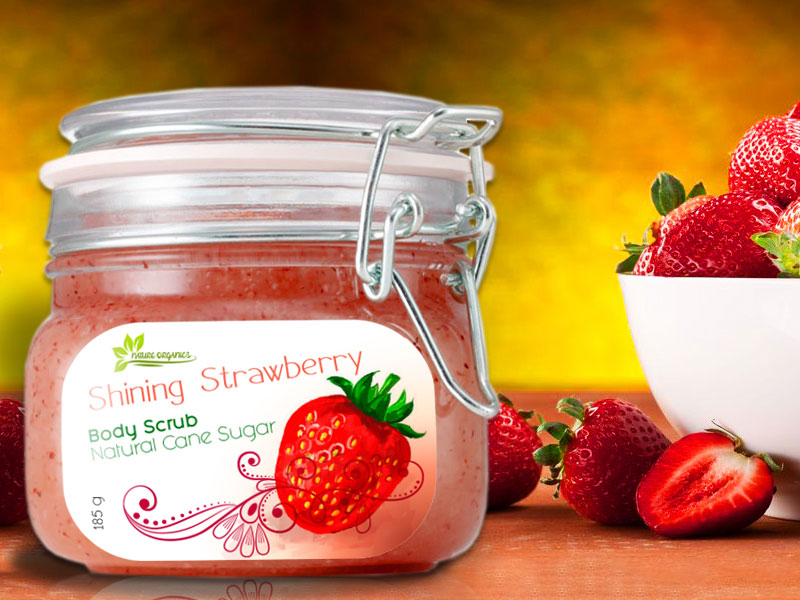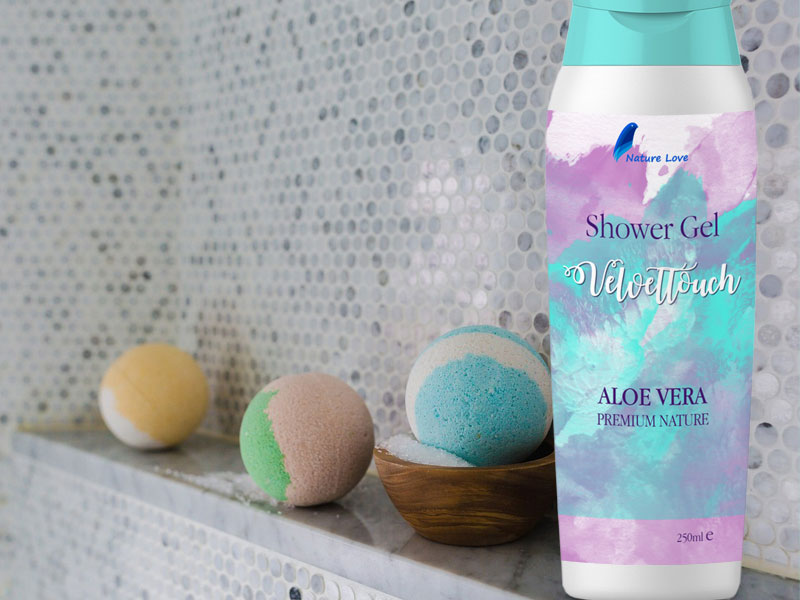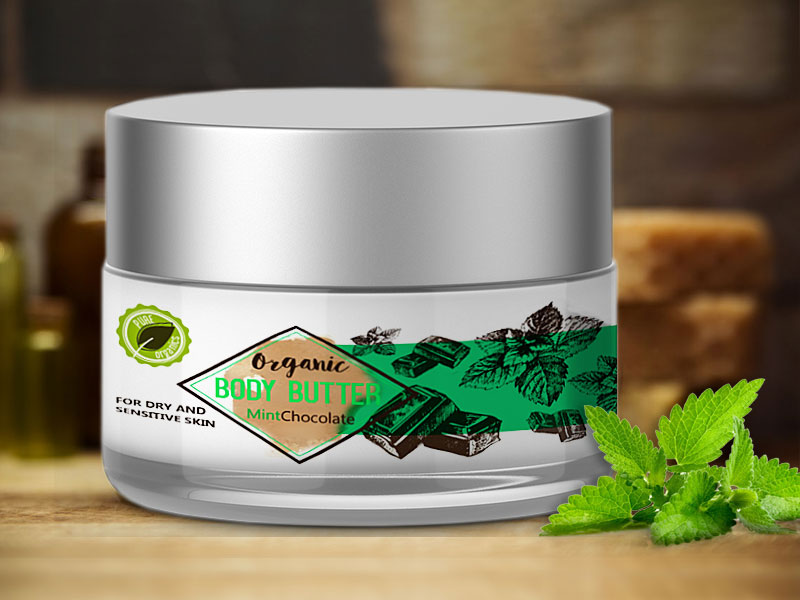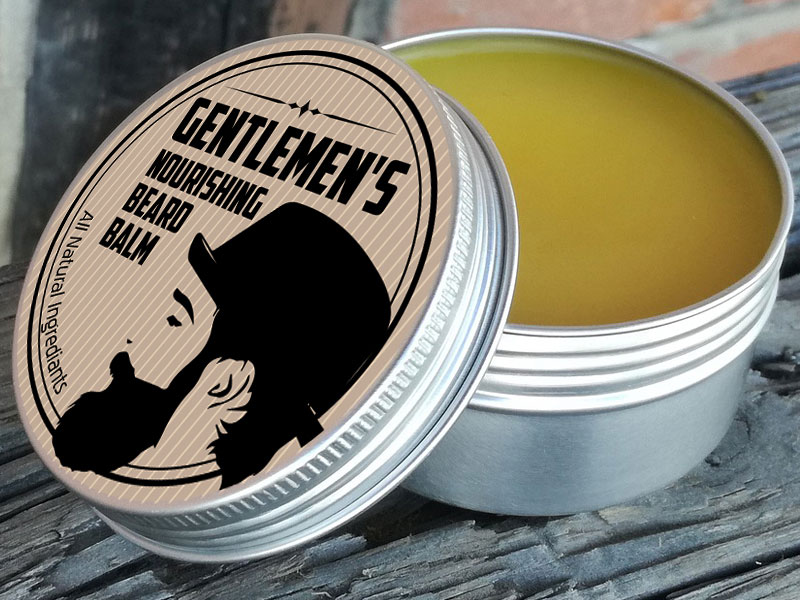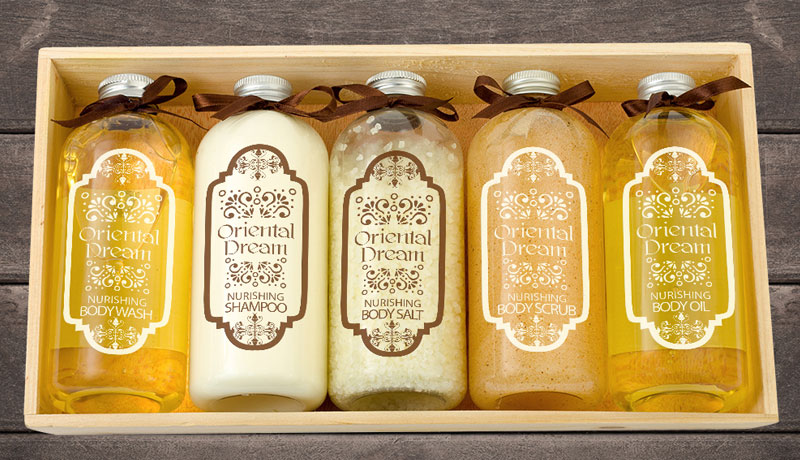
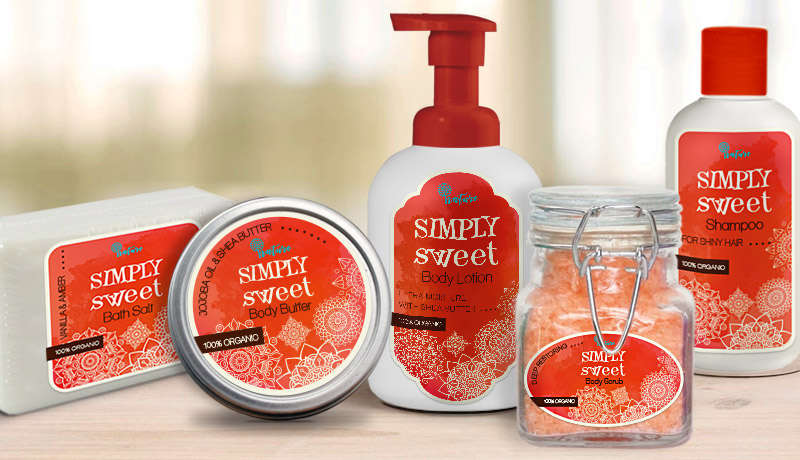

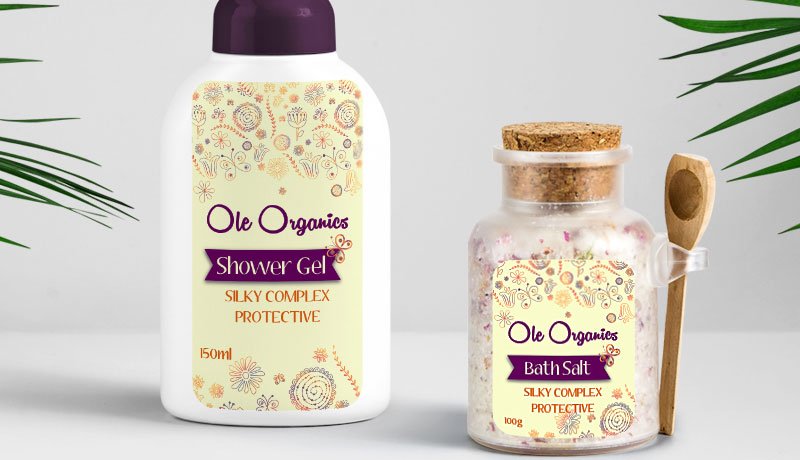
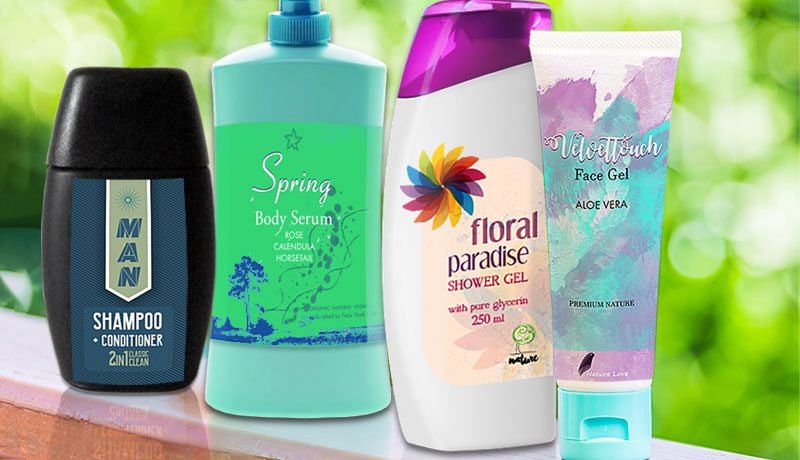
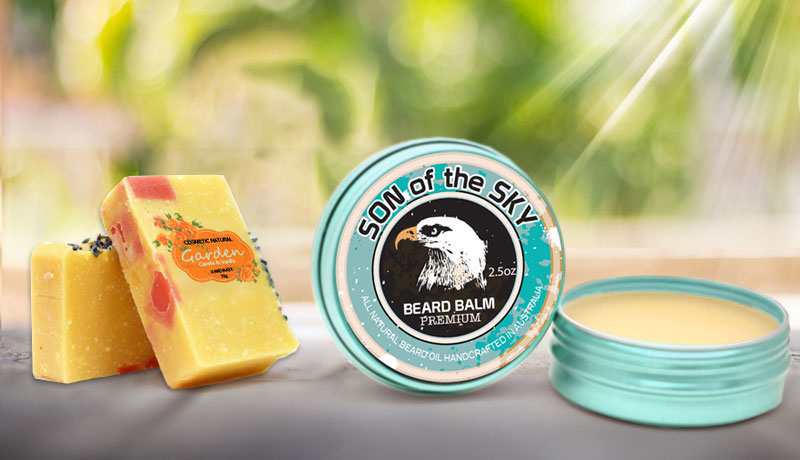
People have been using cosmetic and makeup products for thousands of years and will probably keep using them for many years to come, which makes the cosmetics business very profitable and prosperous. This also means that there are a lot of cosmetics companies that compete with each other. The industry is all about beauty and hygiene, so it’s only natural that the products reflect that. The extent to which the products embody these qualities will have impact on their popularity.
Whether you are new to the cosmetics market or have already proven your expertise and just want to expand your business, its success will largely depend on properly labeling your cosmetic products. There are two things to consider when creating cosmetic labels: whether they follow the country’s regulations for cosmetic labeling, and whether they follow the brand’s aesthetic.
In the US, the main body responsible for issuing cosmetic labeling standards is the Food and Drug Administration (FDA). All beauty products that are made to “cleanse, beautify, promote attractiveness or alter the appearance” are defined as cosmetics. Note that soap can be defined either as a cosmetic or drug, depending on its intended purpose, so it can be labeled either as a drug or as a cosmetic.
There are strictly defined rules for placing information about cosmetic products on the packaging and labels, and they include:
- Using recommended size and font for the lettering
- Following recommendations for information placement on the packaging
- Using the proper language
- Including all necessary information: name of the product, name of the business, net quantity of the product, warning statements, ingredients, directions for safe use
Aside from their important role of informing consumers about the product’s purpose, cosmetic labels are a great way to make the products stand out from your competitors’. That’s where the designers skill comes in. They are supposed to use creativity and familiarity with the product’s purpose and product users, to create something effective and desirable.
Last but not least, the label material plays a vital role in the beauty products packaging overall success. Cosmetic stickers need to be durable, flexible and resistant to moisture and oils in order to have the product’s shelf life. If they are not all that, there’s a chance of the label peeling of or wrinkling, which leaves a bad impression about the brand and the company.
2 Cosmetic Packaging and Labeling Trends to Consider
Going forward, cosmetic producers will need to consider the following two cosmetic packaging and labeling trends to answer the growing consumer concerns.
- Green / Clean / Sustainable / Recycled Packaging – the use of natural ingredients and evidence of caring for the environment is becoming an important factor in the consumers’ buying decisions
- Anti-Counterfeit Labels and Packaging – if you can, invest in watermarks, 2-dimensional barcodes, tamper-evident seals or some other way to protect your product and your customers
At Customlabels.net we offer a wide variety of top quality materials for your cosmetic labels and various print solutions to fit your budget. Our custom cosmetic labels come in any shape and size to fit your beauty product packaging perfectly – from small eye cream tubes, to family sized shampoo bottles. They can be made from adequate materials to adhere to plastic bottles, glass jars, plastic tubes, sprayers, wooden boxes and more. Whatever you need, we have you covered.
Need help with choosing the best and most cost-effective label material, shape or size for your cosmetic product? Feel free to call us. Our print experts are happy to provide you with any info you may need and help you find the best printing solution for your cosmetic product.


